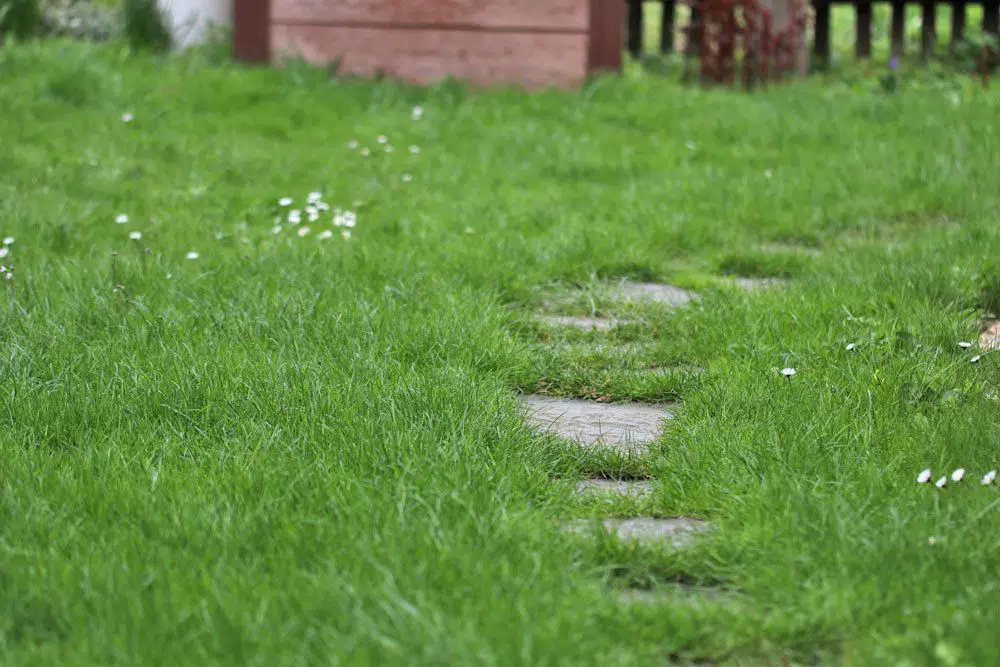Title: Reviving Your Lawn: Spreading Topsoil on an Old Lawn
If your once-lush lawn has seen better days, and you’re looking to rejuvenate it without starting from scratch, spreading topsoil on your old lawn can be a transformative solution. Topsoil provides essential nutrients, improves soil structure, and enhances the overall health and appearance of your lawn. In this comprehensive guide, we’ll walk you through the steps to successfully spread topsoil on your old lawn and help you achieve a vibrant, revitalized green space.
Contents
Why Spreading Topsoil Is Beneficial:
- Enhanced Nutrient Content: Over time, lawns can deplete essential nutrients from the soil. Spreading topsoil replenishes these nutrients, providing the necessary elements for healthy grass growth.
- Improved Soil Structure: Compacted or poorly aerated soil can hinder root development and water absorption. Topsoil helps loosen and aerate the soil, creating a more conducive environment for your grass to thrive.
- Leveling and Filling: If your lawn has uneven or low spots, spreading topsoil can level the surface and fill in depressions, creating a smoother and more attractive lawn.
- Weed and Thatch Control: A layer of topsoil can help smother weeds and reduce thatch buildup, promoting a healthier lawn with fewer weed issues.
- Moisture Retention: Topsoil increases the soil’s ability to retain moisture, reducing the need for frequent watering and saving water in the long run.
Step-by-Step Guide to Spreading Topsoil on an Old Lawn:
1. Assess Your Lawn:
- Evaluate the condition of your lawn to identify areas that require topsoil application. Look for signs of soil compaction, unevenness, bare patches, or areas with poor grass growth.
2. Gather Your Materials:
- Purchase high-quality topsoil from a reputable supplier or garden center. Ensure that the topsoil is free from contaminants and weed seeds.
3. Prepare Your Lawn:
- Mow your grass to a height of about 1.5 to 2 inches. Rake away debris, leaves, and any loose thatch. Aerate the lawn to further improve soil structure. This step is crucial to ensure the topsoil can penetrate and integrate with the existing soil.
4. Calculate the Amount of Topsoil:
- Measure the area you plan to cover with topsoil to determine the quantity you’ll need. You can do this by multiplying the length and width of the lawn in feet and then converting the result into cubic yards if necessary.
5. Spreading the Topsoil:
- Spread a layer of topsoil evenly across your lawn. The recommended thickness can vary, but a 1/4 to 1/2 inch layer is often suitable for revitalizing an old lawn. Use a wheelbarrow and a rake to distribute the topsoil evenly.
6. Level and Smooth:
- Use a lawn roller or the backside of a garden rake to level and smooth the newly applied topsoil. Ensure that it fills in low spots and corrects any unevenness.
7. Seed and Fertilize (Optional):
- If your lawn has thin or bare areas, consider overseeding with grass seed after spreading the topsoil. Applying a starter fertilizer can also encourage healthy germination and establishment.
8. Water Thoroughly:
- After spreading topsoil, water your lawn thoroughly to help the topsoil settle and integrate with the existing soil. This is an important step to ensure good soil-to-seed contact if you’ve overseeded.
9. Maintain Regular Care:
- Continue with a regular lawn care routine that includes watering, mowing, and fertilizing to promote healthy grass growth and maintain the improvements brought about by the topsoil application.
Tips and Considerations:
- Choose a high-quality topsoil that is screened and free from contaminants. Low-quality topsoil can introduce weed seeds and unwanted pests to your lawn.
- If you are overseeding after spreading topsoil, select grass seed varieties that are suitable for your region and match the existing grass type.
- Water your lawn consistently, especially during the first few weeks after topsoil application. Adequate moisture is essential for grass seed germination and the integration of topsoil with the existing soil.
- If you’re dealing with extreme soil compaction, you might need to consider core aeration or even mechanical decompaction before spreading topsoil to achieve the best results.
- Consider the time of year when spreading topsoil. Early fall and spring are typically the best seasons for this lawn improvement project.
Conclusion:
Spreading topsoil on an old lawn is an effective way to revitalize and rejuvenate your green space. By following the steps outlined in this guide and taking the necessary precautions, you can improve soil quality, enhance grass growth, and transform your old, lackluster lawn into a lush, healthy, and attractive landscape for years to come.


